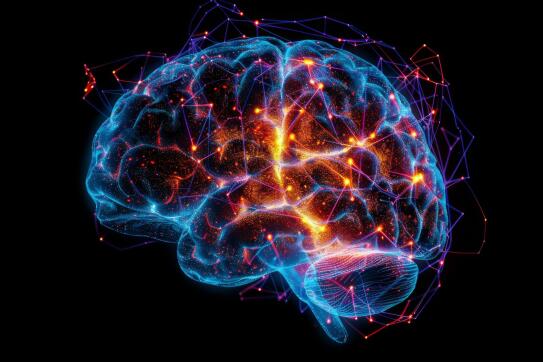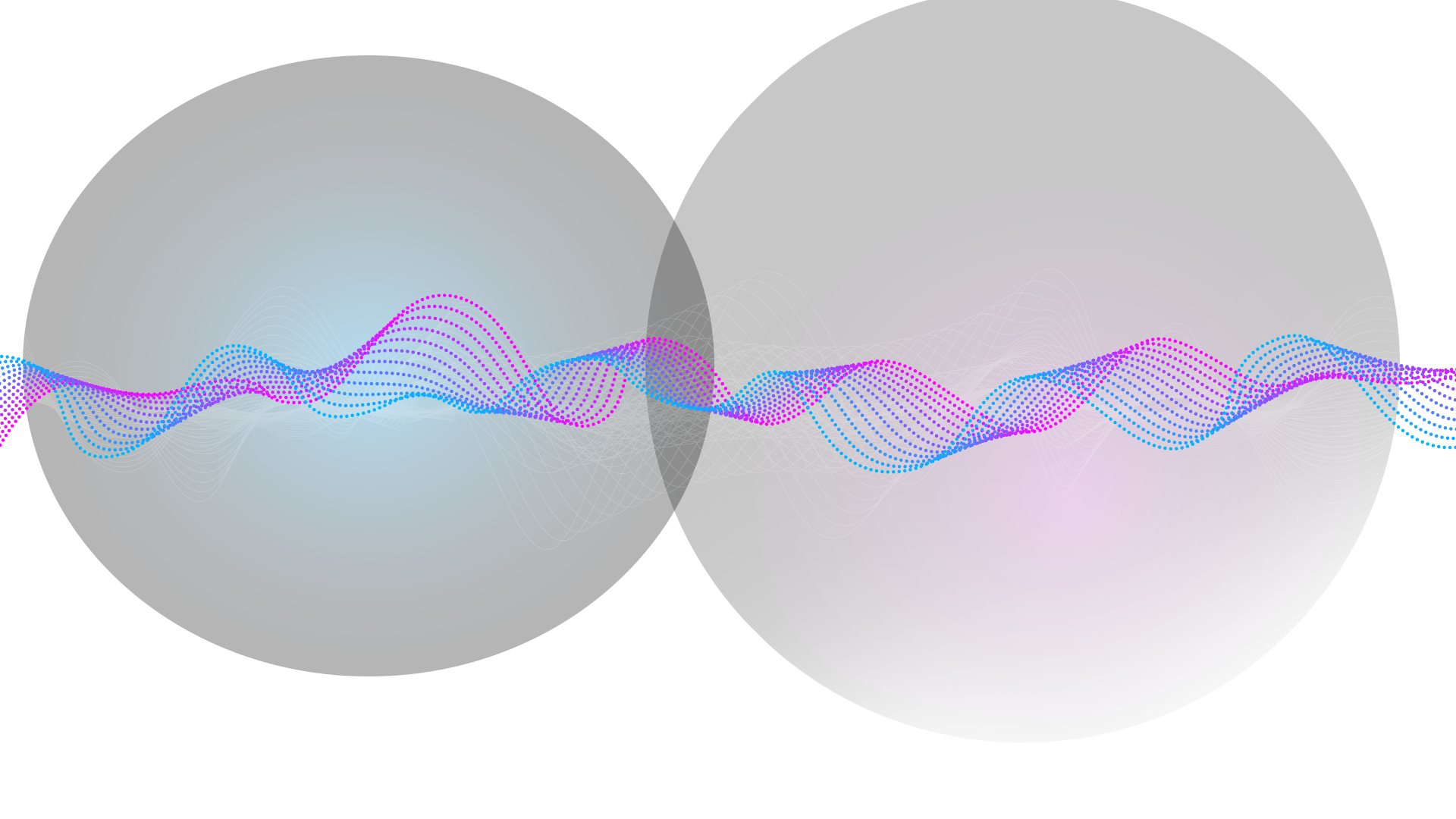MIROLAB
What is BCI?
Brain-computer interface (BCI) is a computer-based system that receives and analyzes brain signals and then converts them into commands transmitted to an output device to perform a desired action. Any type of brain signal can be used to control a BCI system. The most commonly studied signals are electrical signals produced mainly by changes in the polarity of the neuronal postsynaptic membrane that occur due to the activation of voltage-gated channels or ion gates.
BCI aims to identify and quantify the features of brain signals that represent the user's intentions and transform these features in real-time into device commands that fulfil the user's goal. A BCI system consists of 4 sequential functions to achieve this goal: I. signal acquisition, II. feature extraction, III. feature translation, IV. device output. These four components are controlled by an operational protocol defining the initiation and timing of operations, signal processing details, the nature of device commands, and performance monitoring. An effective active protocol allows a BCI system to be flexible and meet the specific needs of each user.

Change your interaction with the world

